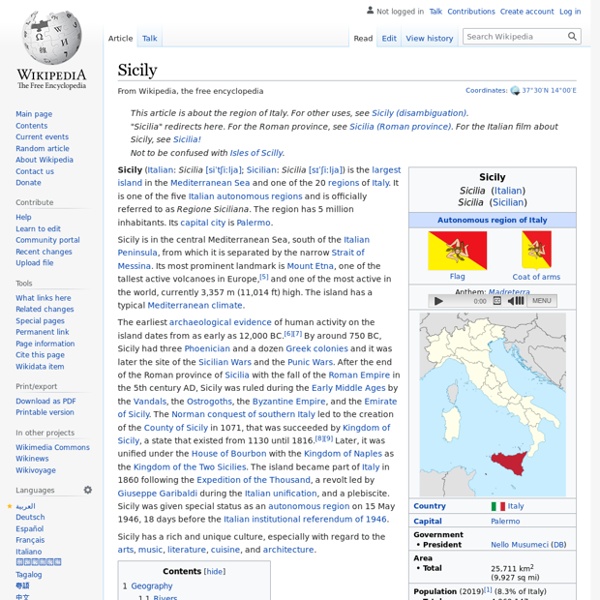Shirt of Nessus
In Greek mythology, the Shirt of Nessus, Tunic of Nessus, Nessus-robe, or Nessus' shirt was the poisoned shirt that killed Heracles. It was once a popular reference in literature. In folkloristics, it is considered an instance of the "poison dress" motif.[1] Mythology[edit]
Aeschylus
ancient Athenian tragic playwright Aeschylus (,[1] ;[2] Greek: Αἰσχύλος Aiskhylos, pronounced [ai̯s.kʰý.los]; c. 525/524 – c. 456/455 BC) was an ancient Greek tragedian. He is often described as the father of tragedy.[3][4] Academics' knowledge of the genre begins with his work,[5] and understanding of earlier tragedies is largely based on inferences from his surviving plays.[6] According to Aristotle, he expanded the number of characters in the theatre and allowed conflict among them; characters previously had interacted only with the chorus.[nb 1]
absolute-truth
Absolute Truth - Inflexible Reality "Absolute truth" is defined as inflexible reality: fixed, invariable, unalterable facts. For example, it is a fixed, invariable, unalterable fact that there are absolutely no square circles and there are absolutely no round squares. Absolute Truth vs. Relativism While absolute truth is a logical necessity, there are some religious orientations (atheistic humanists, for example) who argue against the existence of absolute truth. Humanism's exclusion of God necessitates moral relativism.
Deianira
Ancient Greek mythical character Deianira, Deïanira, or Deianeira[1] (/ˌdeɪ.əˈnaɪrə/;[2] Ancient Greek: Δηϊάνειρα, Dēiáneira, or Δῃάνειρα, Dēáneira, [dɛːiáneːra]), also known as Dejanira,[3] was a figure in Greek mythology whose name translated as "man-destroyer"[4] or "destroyer of her husband".[5][6] She was the wife of Heracles and, in late Classical accounts, his unwitting murderer, killing him with the poisoned Shirt of Nessus. She is the main character in Sophocles' play Women of Trachis. Mythology[edit] Family and marriage[edit]
Danaïdes
mythical characters Mythology[edit] Danaus did not want his daughters to go ahead with the marriages and he fled with them in the first boat to Argos, which is located in Greece near the ancient city of Mycenae. Danaus agreed to the marriage of his daughters only after Aegyptus came to Argos with his fifty sons in order to protect the local population, the Argives, from any battles. The daughters were ordered by their father to kill their husbands on the first night of their weddings and this they all did with the exception of one, Hypermnestra, who spared her husband Lynceus because he respected her desire to remain a virgin. Danaus was angered that his daughter refused to do as he ordered and took her to the Argives courts.
www.britannica
philosophy and religion THIS IS A DIRECTORY PAGE. Britannica does not currently have an article on this topic. views of Troeltsch In Ernst Troeltsch: Influence of his thought…drastically rethink its attitude toward “absolutist” claims made for the truth of its doctrines. He was both fascinated and troubled by “historicism” (historical relativism): the view that whatever is valued, pursued, conceived, or achieved at any given time or place is relative to, and only understandable in the context of,… Read More
Deucalion
Deucalion from "Promptuarii Iconum Insigniorum" Etymology[edit] According to folk etymology, Deucalion's name comes from δεῦκος, deukos, a variant of γλεῦκος, gleucos, i.e.
Keroessa
Story[edit] According to the historian Hesychius of Miletus,[3] as Io, changed into a heifer and being chased by a gadfly on behalf of the jealous Hera, was passing through Thrace, she gave birth to a girl, Keroessa, on the banks of the Golden Horn, by the altar of the nymph Semestra. Keroessa was reared by Semestra and grew up surpassing other local maidens in beauty. She had intercourse with Poseidon and in due course gave birth to a son, whom she named Byzas. He became the founder of Byzantium and named the Golden Horn (Greek Χρυσόκερας) after his mother.
plato.stanford
1. What is Relativism? The label “relativism” has been attached to a wide range of ideas and positions which may explain the lack of consensus on how the term should be defined. The profusion of the use of the term “relativism” in contemporary philosophy means that there is no ready consensus on any one definition. Here are three prominent, but not necessarily incompatible, approaches:



